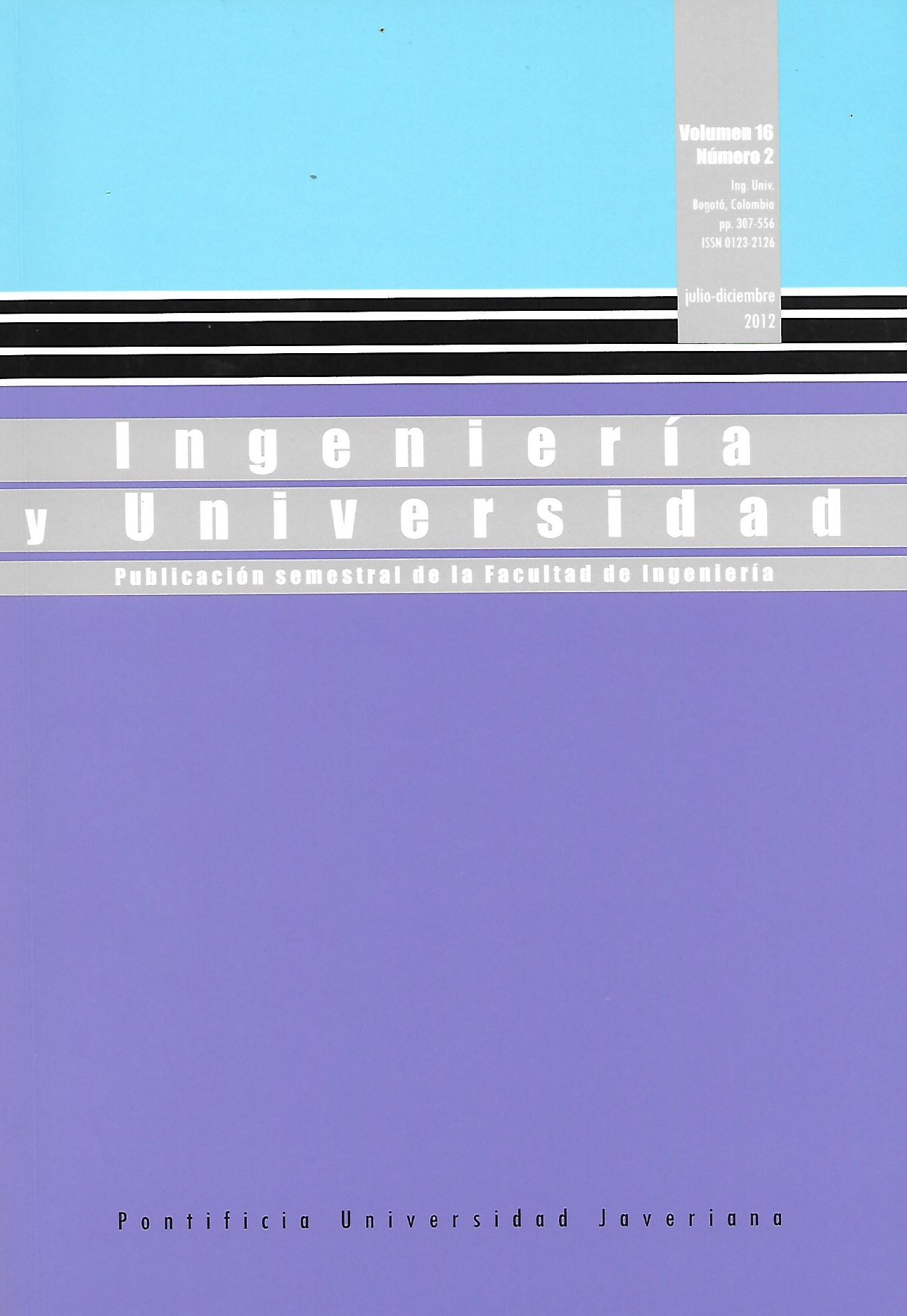Abstract
The aim of this paper is to evaluate different approaches for the integration of an Enterprise Resource Planning System (ERP) with a Business Process Management System (BPMS). The integration approaches include a point to point and a broker-based architecture that was evaluated on a sales business process implemented in the ERP system SAP R/3® and the BPMS BizAgi Enterprise®. The results show that the integration driven by a broker provides better performance, requires less effort and increases flexibility.
HAGEMANN SNABE, J.; ROSENBERG, A.; MØLLER, C. et al. Business process management: The SAP Roadmap. Dedman, MA: Sap Press, 2008.
JOSUTTIS, N. M. SOA in practice. Sebastopol: O’Reilly, 2007.
LAM, W. and SHANKARARAMAN, V. Enterprise arquitecture and integration. Methods, implementation and technologies. London: Information Science Reference, 2007.
LI, Q.; ZHOU, J.; PENG, Q. R. et al. Business processes oriented heterogeneous systems integration platform fornetworked enterprises. Computers in Industry. 2010, vol. 61, pp. 127-144.
Minder, et al., 2007
SMITH, H. and FINGAR, P. Business process management-the third wave. Tampa: Meghan-Kiffer Press, 2005.
Van der AALST, W. M. P. and WEIJTERS, A. J. M. M. Process mining: a research agenda. Computers in Industry. 2004, vol. 53, no. 3, pp. 231-244.
WASSER, A. and LINCOLN, M. Process gene-connect: SOA integration between business process models and enactment transactions of enterprise software systems. OTM 2009 Workshops, 2009, LNCS 5872, pp. 184-193.
WESKE, M. Business process management. Concepts, languages, arquitectures. Berlin: Springer, 2010.
This journal is registered under a Creative Commons Attribution 4.0 International Public License. Thus, this work may be reproduced, distributed, and publicly shared in digital format, as long as the names of the authors and Pontificia Universidad Javeriana are acknowledged. Others are allowed to quote, adapt, transform, auto-archive, republish, and create based on this material, for any purpose (even commercial ones), provided the authorship is duly acknowledged, a link to the original work is provided, and it is specified if changes have been made. Pontificia Universidad Javeriana does not hold the rights of published works and the authors are solely responsible for the contents of their works; they keep the moral, intellectual, privacy, and publicity rights.
Approving the intervention of the work (review, copy-editing, translation, layout) and the following outreach, are granted through an use license and not through an assignment of rights. This means the journal and Pontificia Universidad Javeriana cannot be held responsible for any ethical malpractice by the authors. As a consequence of the protection granted by the use license, the journal is not required to publish recantations or modify information already published, unless the errata stems from the editorial management process. Publishing contents in this journal does not generate royalties for contributors.


